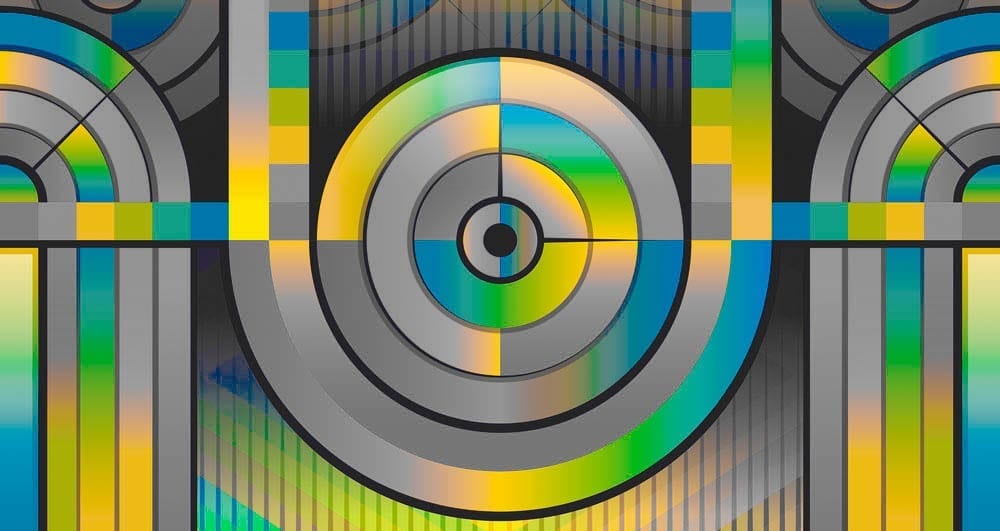Circularity Thinking: Systems thinking for circular product and business model (re)design
Book chapter by Fenna Blomsma and Geraldine Brenna on identifying waste flows and redirecting them for value creation and capture.
In Charter, M 2018: Designing for the Circular Economy. London: Routledge.

How does one determine which of the many strategies associated with circular economy are appropriate to pursue? In this chapter Fenna Blomsma and Geraldine Brennan apply systems thinking to outline four steps that aid in identifying 1) where and why waste is being generated in the current system, 2) what the available circular strategies are, 3) the implications of different relationships between parts of the system in terms of cost, risk, dependency as well as infrastructure and knowledge requirements, in order to review 4) the implications for product and business model (re)design from an organisational perspective.
About the book
The circular economy describes a world in which reuse through repair, reconditioning and refurbishment is the prevailing social and economic model. The business opportunities are huge but developing product and service offerings and achieving competitive advantage means rethinking your business model from early creativity and design processes, through marketing and communication to pricing and supply. Designing for the Circular Economy highlights and explores ‘state of the art’ research and industrial practice, highlighting CE as a source of: new business opportunities; radical business change; disruptive innovation; social change; and new consumer attitudes.
Link
The book is available for purchase on the Routledge website.



